Date: September 25, 2022
Watch the full recording HERE.
Since October 2021, as part of Sri Aurobindo Society’s celebrations of 150years of Sri Aurobindo and 75 years of Indian Independence, Renaissance journal team has been organising monthly lectures under the series – India, Our Mother. For lecture number 11, they invited Dr. Charan Singh Kedarkhandi to deliberate on the topic – Beauty of Nature in ‘Savitri’. This was the second lecture Dr. Charan Singh delivered on Savitri, under the same lecture series. In March 2022, he had shared a few thoughts on ‘Veera Rasa in Sri Aurobindo’s Savitri’. See report HERE.
This online lecture, which was also livestreamed on Sri Aurobindo Society’s Facebook page, began with a brief silence to invoke the Divine Mother’s Presence. Dr. Beloo Mehra, editor of Renaissance and Director, BhāratShakti, introduced the topic by invoking a few words of the Mother where she speaks of Nature as “the most material part of the creative force which is concerned with the creation specially of the earth, of the material world as we know it upon earth.” Dr. Mehra reminded the audience that when asked whether being in contact with Nature helps us in any way, the Mother had said that if one deeply feels the beauty of Nature and communes with her, it can help in widening the consciousness. Raamkumar, research and editorial assistant for Renaissance journal, introduced the speaker.
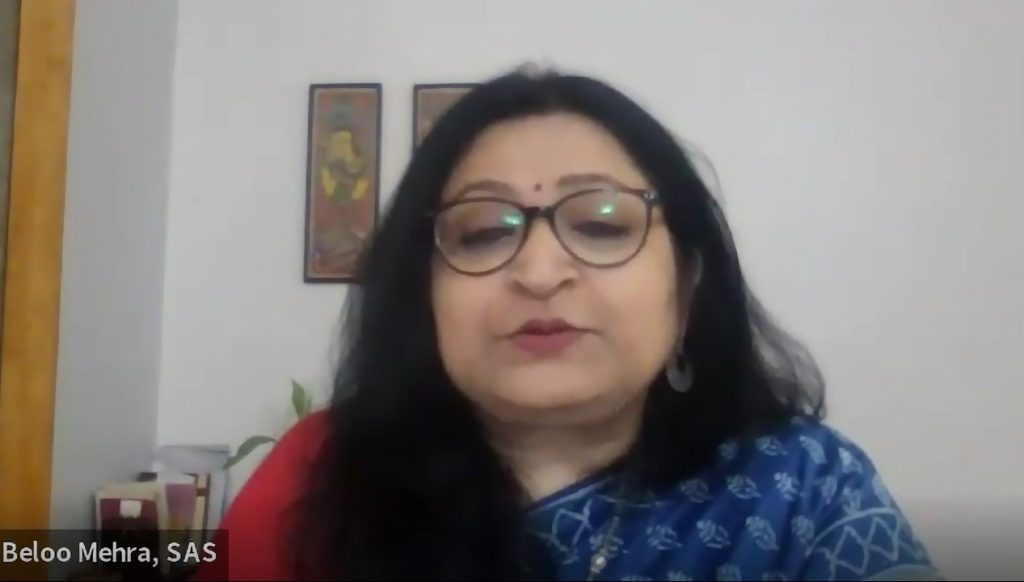
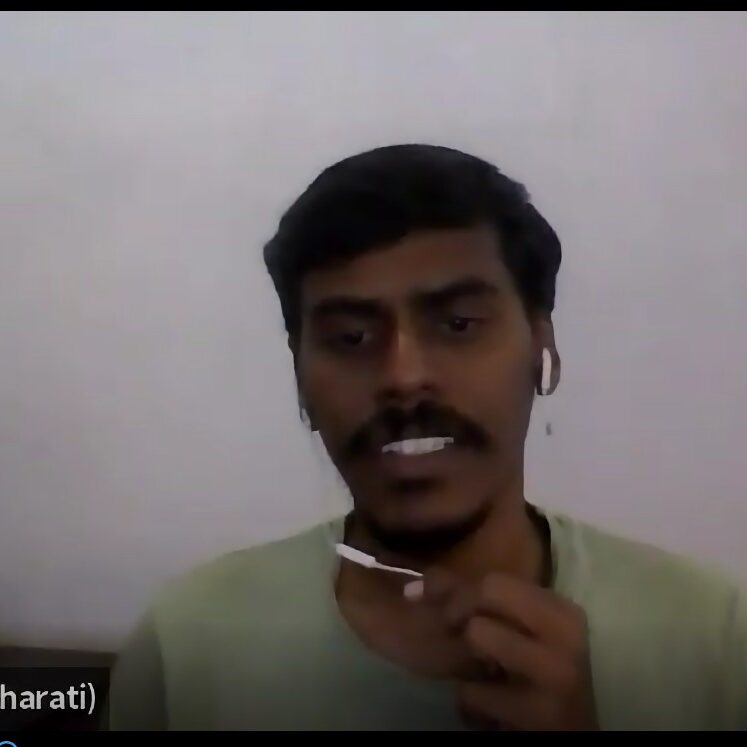
Dr. Charan Singh began his talk by expressing gratitude for the Mother and invoking her blessings. He started off by saying that the spirit of Savitri can be summarised and encapsulated in one quote of Sri Aurobindo, the mantra-drashta seer of Savitri, which he had said to the Mother when he started composing Savitri – “I have launched myself in a rudderless boat upon the vastness of the infinite.” He shared that apart from the great and vast spiritual vision for the future evolution of humanity and the main narrative of Savitri’s and King Ashwapati’s yoga that we find in this epic poem, and apart from its core theme of bringing down the heaven on earth, Savitri is also hundred percent gold on the count of poetic delight, rasa, particularly in its portrayals of beauty of Mother Nature. The very cosmic theme of the poem brings out delight of the beauty of nature.
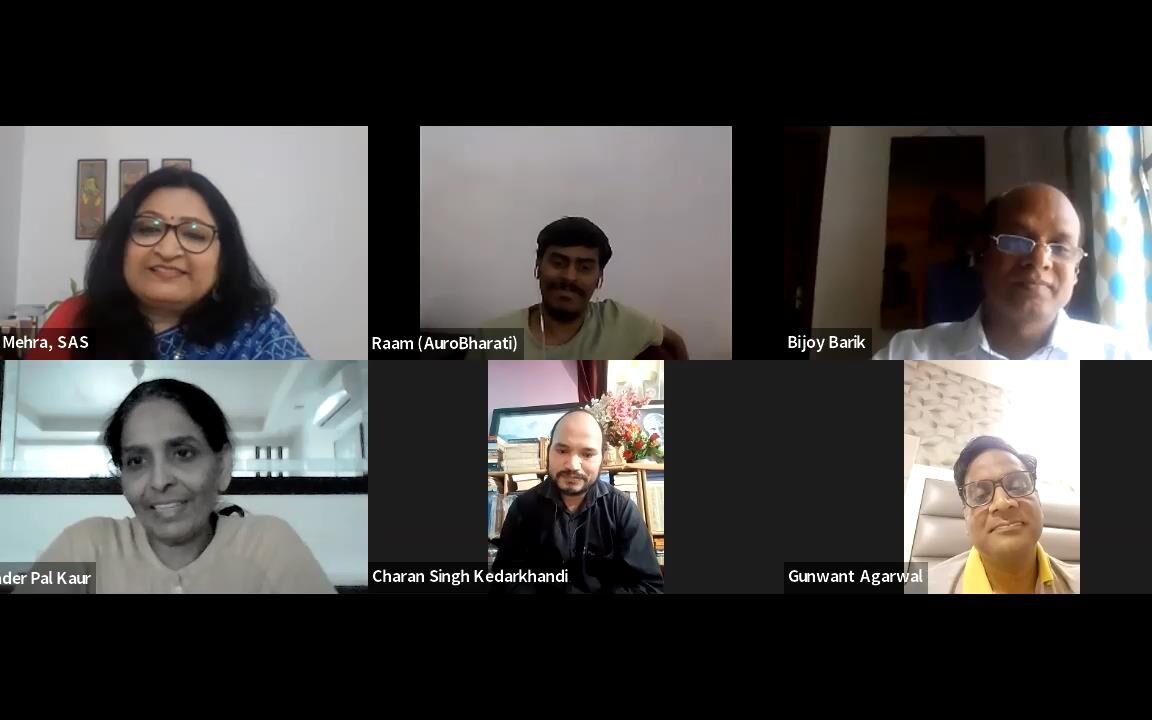
He gave a brief overview of how all through Savitri, Sri Aurobindo gives delightful descriptions of the beauty of Mother Nature. Starting from the very first canto (The Symbol Dawn) where we find a awe-inspiring description of mysterious night and then delightful dawn and the profound image of a reclining god, he then spoke about the canto when Savitri is born in the middle of a beautiful and bountiful season of Spring. Reading a few lines from this canto (The Birth and Childhood of the Flame), he shared how Sri Aurobindo’s majestic description of the abundant beauty of Spring fills us with immense delight.
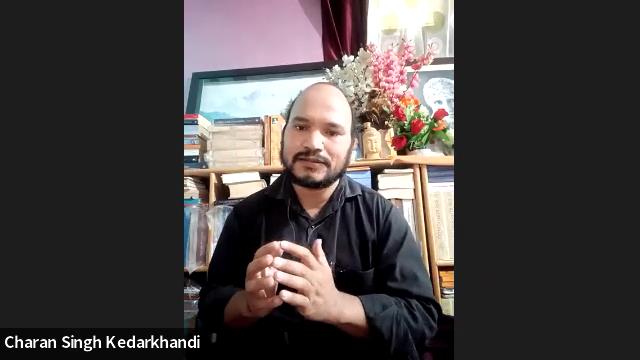
The life of the enchanted globe became
A storm of sweetness and of light and song,
A revel of colour and of ecstasy,
A hymn of rays, a litany of cries:
A strain of choral priestly music sang
And, swung on the swaying censer of the trees,
A sacrifice of perfume filled the hours.
Asocas burned in crimson spots of flame,
Pure like the breath of an unstained desire
White jasmines haunted the enamoured air,
Pale mango-blossoms fed the liquid voice
Of the love-maddened coïl, and the brown bee
Muttered in fragrance mid the honey-buds.
The sunlight was a great god’s golden smile.
All Nature was at beauty’s festival. (Savitri, p. 352)
As the talk proceeded, Dr. Charan Singh gave a few more examples from other cantos – including ‘The Destined Meeting-place’ when Savitri meets Satyavan. He read out a few lines from this canto illustrating how Satyavan introduces himself as someone who grew up in the lap of Mother Nature.
In her divine communion he had grown
A foster-child of beauty and solitude,
Heir to the centuries of the lonely wise,
A brother of the sunshine and the sky,
A wanderer communing with depth and marge. (p. 393)
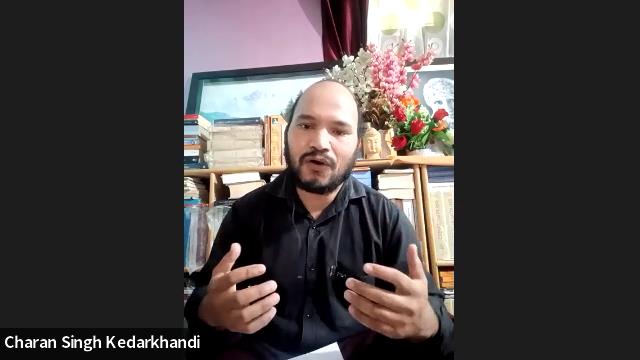
Dr. Charan Singh also brought audiences’ attention to Sri Aurobindo’s description of the beauty of Nature in the canto when Savitri asks her mother-in-law’s permission to go to the forest with Satyavan. He pointed out the way Satyavan speaks of each branch, each tree of the forest sharing all the joy of nature’s delightful beauty with Savitri.
“One year that I have lived with Satyavan
Here on the emerald edge of the vast woods
In the iron ring of the enormous peaks
Under the blue rifts of the forest sky,
I have not gone into the silences
Of this great woodland that enringed my thoughts
With mystery, nor in its green miracles
Wandered, but this small clearing was my world.
Now has a strong desire seized all my heart
To go with Satyavan holding his hand
Into the life that he has loved and touch
Herbs he has trod and know the forest flowers
And hear at ease the birds and the scurrying life
That starts and ceases, rich far rustle of boughs
And all the mystic whispering of the woods.” (p. 562)
As the talk continued, participants were treated to more of such delightful lines from Savitri with engaging explanations given by the speaker. The one hour flew by rather quickly. The session concluded with a few comments and questions from the zoom participants which were responded to by Dr. Charan Singh.
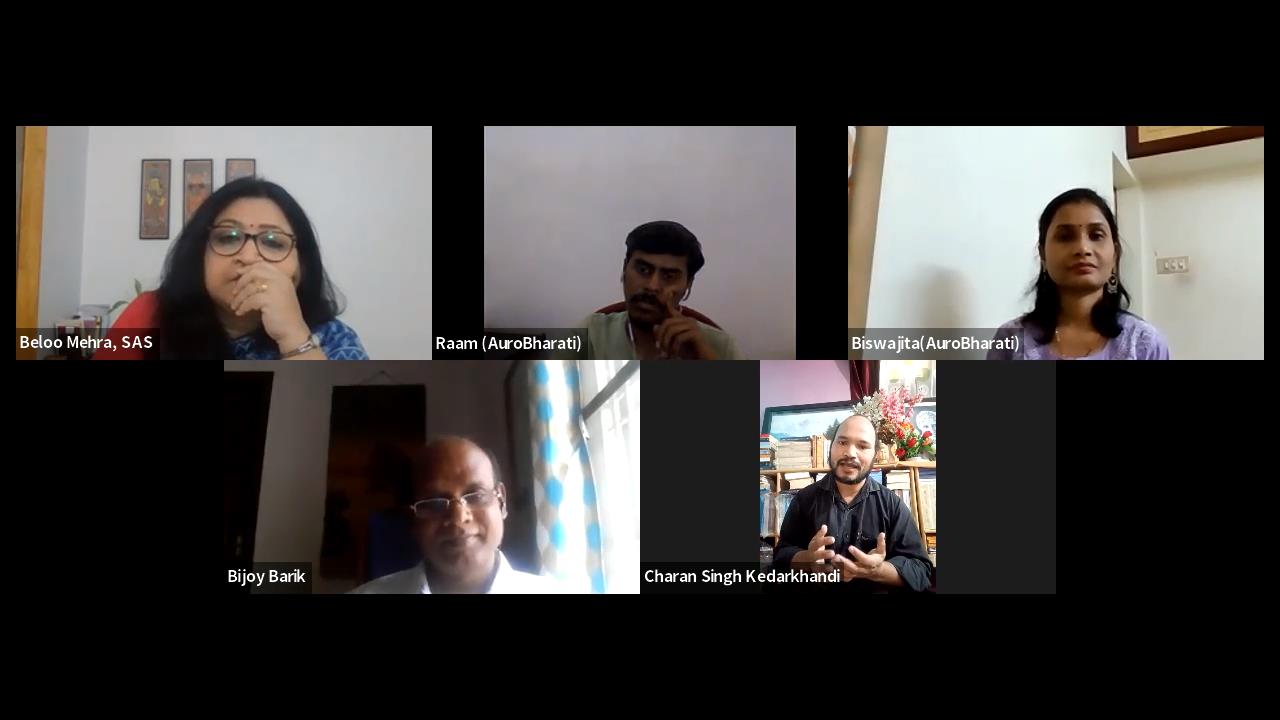
Watch the recording
About the speaker:
Dr. Charan Singh Kedarkhandi is a poet, thinker and an avid seeker of Sri Aurobindo’s path. In 2013, he completed his doctoral research on Sri Aurobindo’s Savitri. He regularly contributes articles on different aspects of the vision and work of Sri Aurobindo and the Mother in various journals, including Renaissance. In 2019, a collection of his 95 poems in Hindi – covering a wide range of his insights on Life, Nature and Spiritual Quest — was published under the title: मूक वेदना का कालजयी कथानक
Presently Dr. Charan Singh works as Assistant Professor of English at the Govt. P.G. College in Joshimath, Uttarakhand. He was instrumental in establishing the Sri Aurobindo Study centre in Joshimath. He has been closely associated with the works of Sri Aurobindo Society in Uttar Pradesh and Uttarakhand, also serving as State Secretary in the past.
